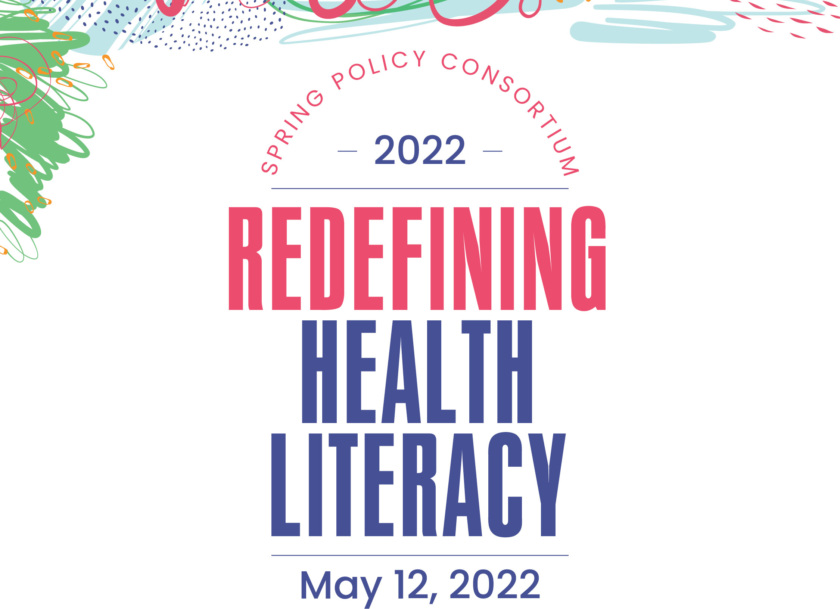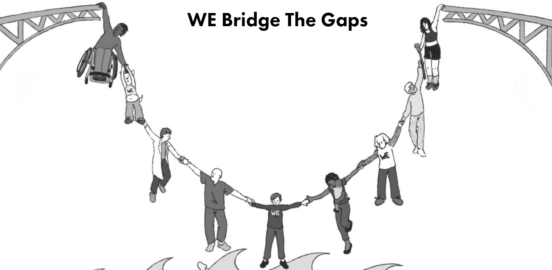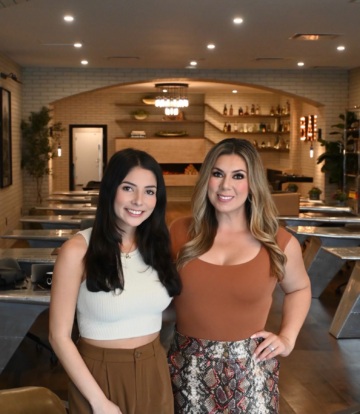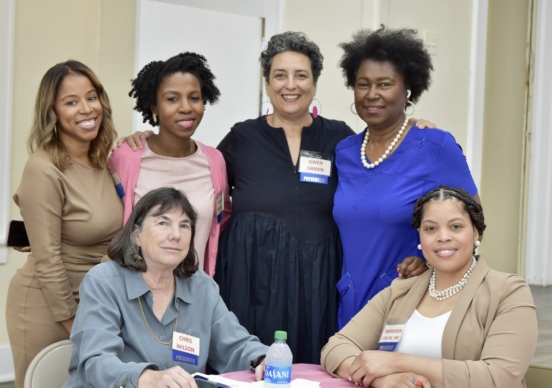Caregiving, Needs Navigation, Storytelling
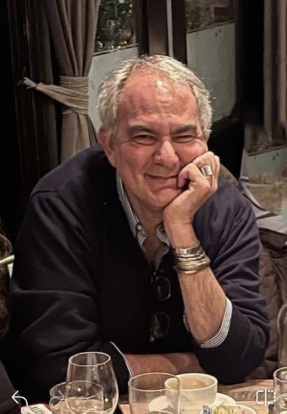
If the goal of health literacy is to provide patients with information and resources needed to understand their condition and treatment options, then their providers have to see beyond what they say in an appointment or what the words printed on a piece of paper can convey.
By Christine Wilson
At our recent Policy Consortium, focused on Redefining Health Literacy, Ashaun Jackson described his experience with a rare form of blood cancer. Ashaun is a well-educated man, accustomed to dealing with complex issues and making decisions. As a young adult he found himself confronting an unusual syndrome most often diagnosed in children. But as Ashaun put it, he was simply not emotionally ready to absorb all the information about treatment that came with his illness. “You can be in the middle of a lake full of clear beautiful water, but if you only have an eight ounce cup to dip into it, you still don’t have much.”
Ashaun’s sister, Ayesha, was recently diagnosed with colon cancer, also as a young adult. Ayesha is an engineer, very capable of analyzing information and using it to solve problems. She described how she was able to use her skills to help her brother as a caregiver, but when it came to her own illness, she was overwhelmed and often not able to take in what her doctors were telling her about her treatment.
Another speaker, Susan Perez, who does research in the area of health literacy, talked about having her first child and wanting to do something that is traditional in her culture, and encountering opposition from her doctors. She did it anyway.
In these instances, doctors could have categorized these individuals as not being “health literate,” or not adhering to treatment recommendations. They could have made assumptions based on the color or ethnic heritage of their patients. In fact, these experiences point to the need to redefine health literacy. If the goal of health literacy is to provide patients with information and resources needed to understand their condition and treatment options, then their providers have to see beyond what they say in an appointment or what the words printed on a piece of paper can convey.
The diseases may be very complex. The medications may have long names. The procedures may be alien and confusing, but the actual communication skills that providers need to communicate effectively with their patients are not that complicated. Two-way or systemic health literacy means understanding that health literacy is often as much emotional as it is cognitive, that what patients bring with them to the clinical experience in terms of their age, culture or social background is as important as their reading level. Simple things like encouraging the patient to repeat what they are being told, asking about what is most important to them at a given juncture, or what worries them most, and then listening to the answer, can make all the difference in whether a patient becomes “literate” about their condition. Sometimes it is important to break the hard stuff down into smaller bites, or recognize that people learn differently, so that for some patients drawing a picture may in fact be worth a 1000 words.
Ashaun’s illness is usually treated in pediatric specialty centers and that is where he received his first treatment. He contrasted the time, attention to explaining treatment options, dealing with social and emotional factors and the real compassion that he found in those centers with the adult approach, which often amounted to a quick explanation followed by a quick exit. “When you are sick and afraid,” he said. “We are all in some way children, and even though it sounds strange, that’s how doctors should treat us.”
Keynote speaker, Rita Charon, MD, Phd, who founded the Narrative Medicine program at Columbia University focused her talk on Narratives of the Embodied Self, or How Health Happens Through Stories. She emphasized that we all communicate, in sickness and health, through our stories. If we want to ensure that both patients and providers understand their conditions and can truly make shared decisions then we first have to ensure that those stories are both told and heard. Health literacy is another term, perhaps not a very good one, for listening, taking time and making human connections.
Watch the full collection of videos from “Redefining Health Literacy” on our YouTube channel.
Caregiving, Needs Navigation, Storytelling
Caregiving, Health Literacy, Needs Navigation, Trust
Caregiving, Storytelling, Trust
Equity, Policy Consortium
